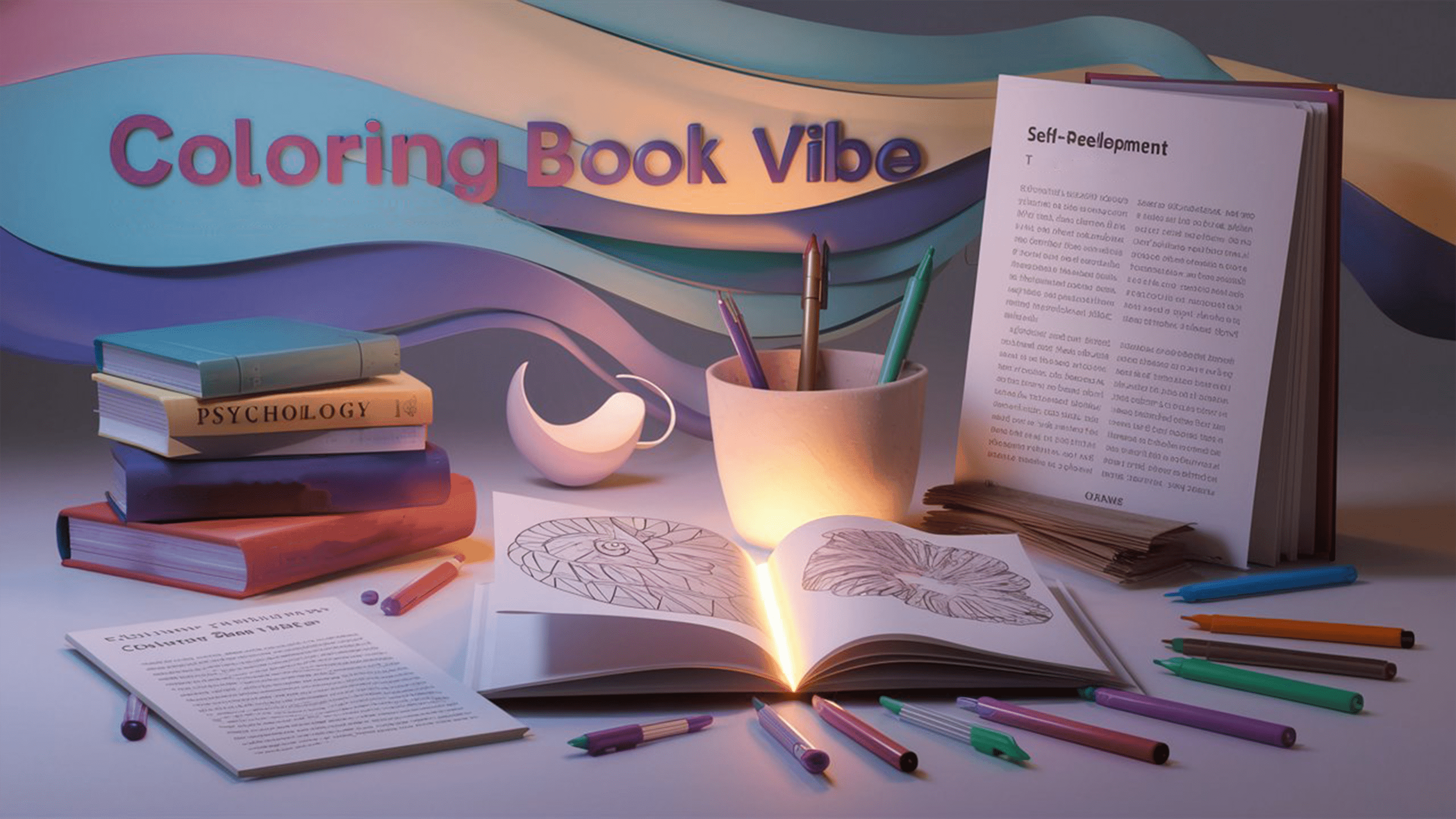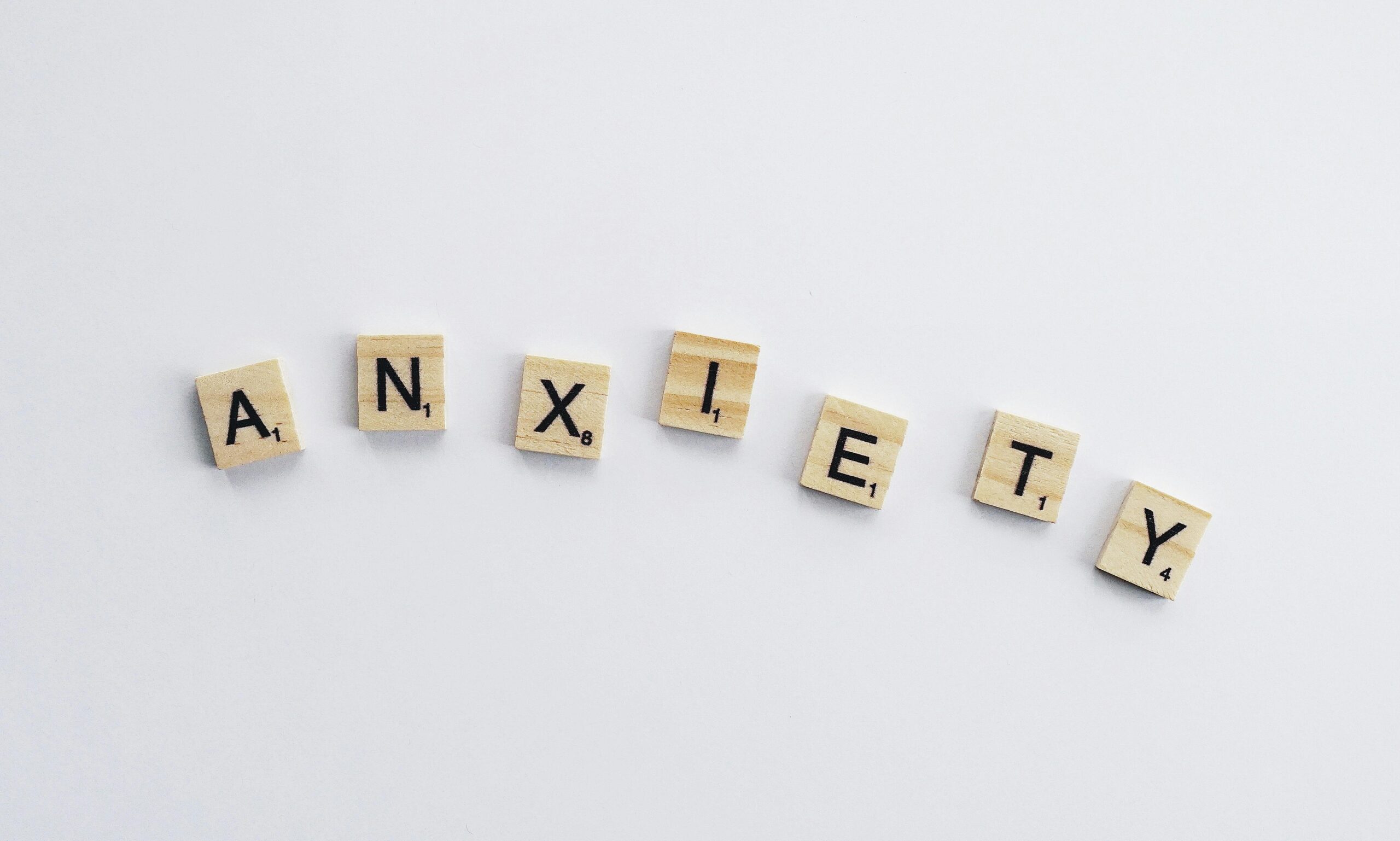“Understanding Anxiety”
Anxiety is a natural response to stress, but when it becomes persistent or overwhelming, it can severely affect a person’s mental and physical well-being. This comprehensive guide explores anxiety, its root causes, symptoms, and effective coping strategies. By understanding how anxiety works, you can better manage it and lead a healthier, more balanced life.
1. What is Anxiety?
Anxiety is an emotional response to perceived threats or stressful situations. It’s a survival mechanism that prepares your body to face danger by activating the “fight or flight” response. While anxiety is normal in certain situations, chronic anxiety can develop into an anxiety disorder, which requires attention and care.
Anxiety disorders include:
- Generalized Anxiety Disorder (GAD): Chronic anxiety over everyday events.
- Social Anxiety Disorder: Fear of social interactions.
- Panic Disorder: Sudden, intense fear with physical symptoms like chest pain or dizziness.
- Phobias: Irrational fears about specific objects or situations.
2. Causes of Anxiety
Anxiety can arise from a combination of genetic, environmental, and psychological factors. Understanding the root causes is crucial to managing and reducing its effects.
- Biological Factors: Genetics play a role in determining how susceptible you are to anxiety. Neurotransmitters like serotonin, dopamine, and GABA influence anxiety levels, and an imbalance in these chemicals may contribute to anxiety disorders.
- Environmental Factors: Traumatic life experiences, childhood abuse, or significant stressors such as job pressure or financial problems can trigger anxiety. An unstable or stressful environment often exacerbates the feeling of unease.
- Psychological Factors: Personality traits such as perfectionism, low self-esteem, and hypersensitivity to stress increase the likelihood of developing anxiety. People with certain cognitive distortions (e.g., catastrophizing, black-and-white thinking) are more prone to anxiety.
- Medical Conditions: Anxiety is sometimes linked to underlying health problems such as thyroid issues, heart disease, or chronic pain.
3. Common Symptoms of Anxiety
Anxiety manifests both mentally and physically. While symptoms vary among individuals, the following are the most common signs:
- Physical Symptoms:
- Rapid heart rate (palpitations)
- Shortness of breath
- Sweating or trembling
- Muscle tension
- Fatigue
- Insomnia
- Mental and Emotional Symptoms:
- Excessive worry or fear about everyday situations
- Restlessness or feeling on edge
- Difficulty concentrating
- Irritability
- Feeling overwhelmed or helpless
- Behavioral Symptoms:
- Avoidance of certain situations or people
- Procrastination or indecision
- Compulsive behaviors or rituals (e.g., checking, counting)
4. How to Cope with Anxiety
While anxiety can feel overwhelming, there are effective ways to manage and reduce it. Here are some practical coping strategies that can help.
A. Lifestyle Changes
- Exercise Regularly: Physical activity releases endorphins, the brain’s natural mood boosters. Exercise reduces stress hormones like cortisol and can alleviate mild to moderate anxiety symptoms.
- Balanced Diet: What you eat affects how you feel. Incorporating foods rich in omega-3 fatty acids, whole grains, and antioxidants supports brain health and helps regulate mood.
- Adequate Sleep: Anxiety often disrupts sleep, but poor sleep worsens anxiety. Establishing a healthy sleep routine can significantly reduce anxiety levels.
- Limit Caffeine and Alcohol: Both caffeine and alcohol can exacerbate anxiety by increasing heart rate and impairing brain function, respectively.
B. Cognitive-Behavioral Techniques
- Challenge Negative Thoughts: Cognitive-behavioral therapy (CBT) teaches individuals to recognize and reframe negative thinking patterns. This is a key component in managing anxiety because distorted thinking often fuels worry and fear.
- Exposure Therapy: For those with specific phobias or social anxiety, gradual exposure to feared situations, combined with relaxation techniques, can help diminish anxiety responses over time.
C. Mindfulness and Relaxation Techniques
- Meditation: Practicing mindfulness meditation can reduce anxiety by helping you stay grounded in the present moment. It teaches you to observe your thoughts without judgment and helps reduce overthinking.
- Deep Breathing Exercises: Anxiety often triggers shallow, rapid breathing, which increases feelings of panic. Learning to control your breath through deep breathing techniques can help calm the body and mind.
- Progressive Muscle Relaxation: This technique involves tensing and relaxing different muscle groups to release physical tension, often associated with anxiety.
D. Professional Help
- Therapy: Seeing a therapist for Cognitive Behavioral Therapy (CBT), Exposure Therapy, or Acceptance and Commitment Therapy (ACT) can be incredibly beneficial. Therapy provides a structured approach to coping with and reducing anxiety.
- Medication: In some cases, medication may be prescribed to manage severe anxiety. This can include selective serotonin reuptake inhibitors (SSRIs), benzodiazepines, or beta-blockers. Always consult with a healthcare professional to explore this option.
E. Build a Support Network
- Talk to Someone: Whether it’s a close friend, family member, or a therapist, speaking about your anxiety can alleviate its intensity. Sometimes simply sharing your concerns can provide relief.
- Join a Support Group: Connecting with others who experience similar challenges can help normalize feelings of anxiety. Support groups offer a space to share coping strategies and emotional support.
5. When to Seek Professional Help
While mild anxiety can often be managed through self-care techniques, there are instances when professional intervention is necessary. If anxiety interferes with daily functioning, persists for an extended period, or leads to panic attacks, it’s important to consult a mental health professional.
Signs You May Need Help:
- Difficulty maintaining work, school, or relationships due to anxiety
- Inability to control constant worry
- Physical symptoms like chest pain, dizziness, or shortness of breath that do not improve
- Frequent panic attacks
6. Conclusion
Anxiety, though common, can significantly impact a person’s quality of life if left unchecked. By understanding the causes, recognizing the symptoms, and implementing coping strategies like mindfulness, lifestyle adjustments, and seeking professional help, it is possible to manage anxiety effectively. Reducing anxiety requires patience and persistence, but the results are well worth the effort for long-term mental well-being.
Let your imagination run free, Immerse yourself in a world of colors and beauty. Remember, your mental well-being is priceless.
Team coloringbookvibe.com

Coloring Book Vibe is a dedicated publisher of captivating coloring books, along with instructional books on drawing and coloring techniques. We are deeply passionate about the art of coloring, ensuring our designs are always intricate, beautiful, unique, and often infused with a touch of humor. We highly value our customers and always welcome feedback and suggestions. Our collection features an incredible array of coloring books across various genres, including Fantasy, Animals, Mandalas, Doodle Patterns, Floral, Landscapes, Country Scenes, and more.



